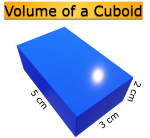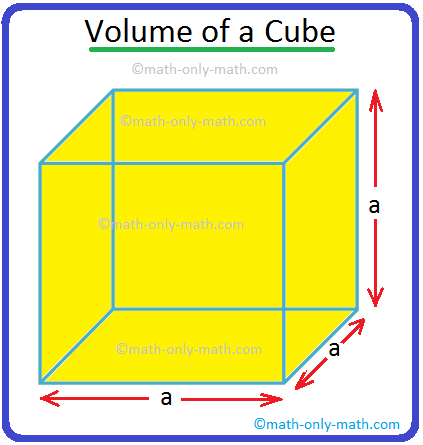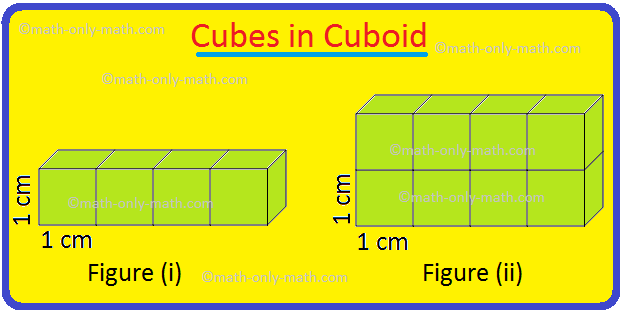Subscribe to our ▶️ YouTube channel 🔴 for the latest videos, updates, and tips.
Home | About Us | Contact Us | Privacy | Math Blog
Order of Operations
While solving the questions on order of operations we follow certain rules that indicate the sequence for simplifying expressions that contain more than one fundamental operation.
Steps to solve order of operations:
Step I: Simplify the operations inside grouping symbols.
Step II: Simplify the powers.
Step III: Solve multiplication and division from left to right.
Step IV: Solve addition and subtraction from left to right.
• In simplifying an expression, all the brackets must be removed first in the order and the grouping symbols are parentheses ( ), brackets [ ], braces or curly brackets { }.
• The other grouping symbols include fraction bars, radical symbols, and absolute-value symbols.
• When we simplify expressions involving more than one grouping symbol, first we need to simplify the innermost set. Within each set, then follow the fundamental order of operations.
• Symbols of grouping can be used when translating the expressions from words to math.
The product of 11 and the sum of 5, 8 and 13 is written as 11(5 + 8 + 13).
A. Worked-out problems on simplifying numerical expressions:
1. Evaluate the expression:
(i) 27 ÷ 32 + 4 · 2 – 1Solution:
27 ÷ 32 + 4 · 2 – 1
|
= 27 ÷ 9 + 4 · 2
- 1 = 3 + 4 · 2 - 1
= 3 + 8 - 1 = 11 - 1 = 10 |
Evaluate powers.
Divide 27 by 9. Multiply 4 by 2. Add 3 and 8. Subtract 1 from 11. |
(ii) 27 - [5 + {28 - (29 - 7}]
Solution:
|
27 - [5 + {28 - (29 - 7}] = 27 – [5 + {28 – 22}] = 27 – [5 + 6] = 27 – 11
= 16 |
Removing the parenthesis. Subtract 7 from 29.
Removing the curly brackets. Subtract 22 from 28. Removing the brackets. Add 5 and 6. Subtract 11 from 27. |
B. Worked-out problems on grouping symbols:
Evaluate each expression:
(i) 6(12 - 8) - 3(3 + 1)
Solution:
|
6(12 - 8) - 3(3 + 1)
= 6(4) - 3(4) = 24 - 12 = 12 |
Evaluate inside grouping symbols. Multiply expressions left to right. Subtract 12 from 24. |
(ii) 4[(24 ÷ 3) - (3 + 2)]
Solution:
|
4[(24 ÷ 3) - (3 + 2)] = 4[(8) - (5)] = 4[3] = 12 |
Evaluate innermost expression first. Evaluate expression in grouping symbol. Multiply. |
(iii) (25 ÷ 2)/(15 - 23)
Solution:
(25 ÷ 2)/(15 - 23) means (25 ÷ 2) ÷ (15 - 23).
(25 ÷ 2)/(15 – 23)
|
= (32 ÷ 2)/(15 – 23) = 16/(15 – 23) = 16/(15 – 8) = 16/7 |
Evaluate the power in the numerator. Divide 32 by 2 in the numerator. Evaluate the power in the denominator. Subtract 8 from 15 in the denominator. |
C. Worked-out problems on evaluating an algebraic expression:
Evaluate: (a2 – 2cb) + b3 if a = 8, b = 3 and c = 5.Solution:
(a2 – 2cb) + b3
|
= (82 - 2 · 5 · 3) + 33 = (64 – 2 · 5 · 3) + 33 = (64 - 30) + 33 = (34) + 33 = 34 + 27 = 61 |
Replace a with 8, b with 3 & c with 5. Evaluate 82. Multiply 2, 5, and 3. Subtract 30 from 64. Evaluate 33. Add 34 and 27. |
D. Real-life word problem using algebraic expressions:
Ron has $600 to invest for 5 years. She finds a bank that will invest her money at a simple interest rate of 5%. Interest I is equal to the principle P (amount invested) times the product of the rate r as a decimal and the time t in years.
a. Write an expression that represents simple interest.
|
|
b. Find the amount of interest earned after 5 years.
Evaluate Prt for P = 600, r = 0.05, and t = 5.
|
Prt = 600(0.05)(5) = 30(5)
= 150 |
Replace P with 600, r
with 0.05, and t with 5. Multiply 600 by 0.05. Multiply 30 by 5. |
The amount of interest Jamie will earn in 5 years will be $150.
7th Grade Math Problems
From Order of Operations to HOME PAGE
Didn't find what you were looking for? Or want to know more information about Math Only Math. Use this Google Search to find what you need.
Recent Articles
-
Worksheet on Area, Perimeter and Volume | Square, Rectangle, Cube,Cubo
Jul 28, 25 01:52 PM
In this worksheet on area perimeter and volume you will get different types of questions on find the perimeter of a rectangle, find the perimeter of a square, find the area of a rectangle, find the ar… -
Worksheet on Volume of a Cube and Cuboid |The Volume of a RectangleBox
Jul 25, 25 03:15 AM
We will practice the questions given in the worksheet on volume of a cube and cuboid. We know the volume of an object is the amount of space occupied by the object.1. Fill in the blanks: -
Volume of a Cuboid | Volume of Cuboid Formula | How to Find the Volume
Jul 24, 25 03:46 PM
Cuboid is a solid box whose every surface is a rectangle of same area or different areas. A cuboid will have a length, breadth and height. Hence we can conclude that volume is 3 dimensional. To measur… -
Volume of a Cube | How to Calculate the Volume of a Cube? | Examples
Jul 23, 25 11:37 AM
A cube is a solid box whose every surface is a square of same area. Take an empty box with open top in the shape of a cube whose each edge is 2 cm. Now fit cubes of edges 1 cm in it. From the figure i… -
5th Grade Volume | Units of Volume | Measurement of Volume|Cubic Units
Jul 20, 25 10:22 AM
Volume is the amount of space enclosed by an object or shape, how much 3-dimensional space (length, height, and width) it occupies. A flat shape like triangle, square and rectangle occupies surface on…






New! Comments
Have your say about what you just read! Leave me a comment in the box below. Ask a Question or Answer a Question.